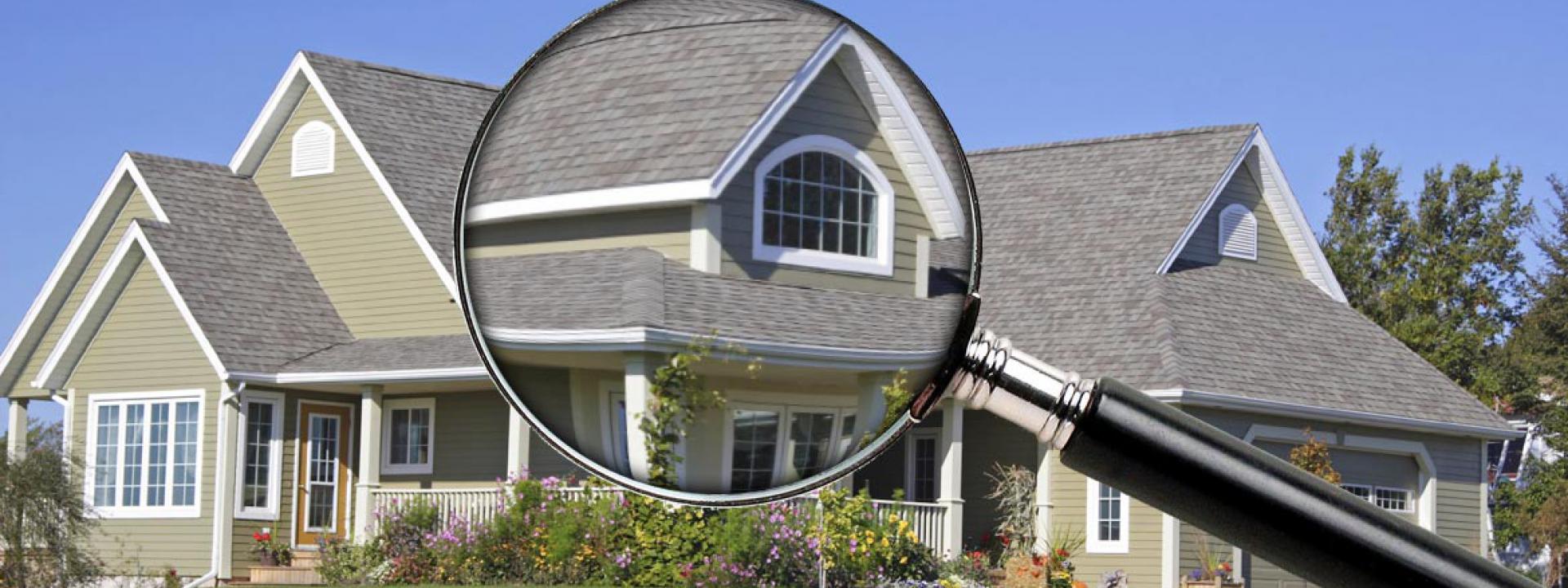Or the ability to share the flow. If this is not the case, it may be necessary to split the catchments, or calculate each downpipe catchment area individually. Roof Catchment Area: The roof catchment area (watch video on how to calculate from a PDF plan) is the plan area as shown on the drawings.
Roofing and Guttering >. How many downpipes required? The front elevation is a straight run of 16m with a roof area of 93m2 at a pitch of 45deg. Will a downpipe at each end suffice?
Work out the roof plan areas. When working out gutter sizes, clause E1 requires gutters to be divided into sections. A section is the length of gutter between a …
Calculate the total roof area by multiplying its length by width. Example: A 200 ft. x 250 ft. = The most accurate and up-to-date resource for rainfall rates is going to be your local codes. This table is based on Zurn's Roof Drain Vertical Requirement for Horizontal Roof Areas at Various Rainfall…
Downpipe aFe POWER has seen potential on improving the stock design, by using mandrel bent 304 stainless steel for optimum flow and corrosion resistance. tig-welded … What Are Downpipes? COLORBOND® Steel or ZINCALUME® Steel Downpipes are required to drain your roof's rainwater.
 How many downpipes would each half of your average semi be expected to have, I only have one at the rear of my house that has to deal with the full volume of water. I notice my neighbour opposite has a downpipe at the front of the house that drains straight onto the drive and down onto the road…
How many downpipes would each half of your average semi be expected to have, I only have one at the rear of my house that has to deal with the full volume of water. I notice my neighbour opposite has a downpipe at the front of the house that drains straight onto the drive and down onto the road…
For instance, the maximum catchment area for the chosen gutter has been calculated. Entering this area in the main entry fields will give the required DP size for this catchment area. Divide the main roof into catchments of this size, and any left over area can be entered again to find a down pipe size for this smaller area.
Enter roof area, roof slope, and rainfall intensity. Press the … Plus the ability to activate the Extra Features on as many devices as you wish for no extra charge.
The downpipes are sized to suit the roof area as well as the roof pitch so that they are able to handle both the volume of rainwater and the speed. This is because high rainfall areas, large houses or steep roofs may require larger spouting and/or more downpipes. How Often Should Gutters Be Replaced?
There are many adverse effects of lead, all of which should be entertained … "The submission also cited earlier discussions …
Calculators for designing eaves gutters, box gutters, downpipes, pipes and open channels etc to Australian Standards.
Rainwater downpipes are most commonly round in section, but may be any shape. They may include access panels for inspection or rodding, branch connectors, bends, hoppers and leaf guards at the top How new technologies and processes could impact on energy efficiency and wellbeing.
collection area on the roof is used to size downpipes throughout. Using clause E1 Table 5 (see Figure 2) at a roof pitch of 45° for this example: 63 mm diameter downpipes serve roof plans up to 35 m² 74 mm diameter downpipes serve roof plans up to 50 m². Areas A and B require 74 mm diameter downpipes and Area C requires a 63 mm diameter …
… by the number of downpipes. Average catchment per downpipe =roof catchment area … There are many possibilities for downpipe positions. In some cases …
The rainwater is guided through downpipes into a sewer, other disposal point or collector. Gutters are produced in many variations and their use is various.
House Inspection Adelaide a luxury resort-style property with one of the best views in Adelaide, in April last year for $3.2 million. The luxury … We guarantee our building inspection services in Adelaide provide our clients with the most thorough, independent and unbiased
how many installers get it wrong. This can be calculated by using the following formula (see diagram below): Calculating effective roof areas where gutter angles are installed Effect of angles – If a length of eaves gutter includes an angle, the flow in the gutter will be impeded and its capacity reduced by 15%. Where an angle occurs in a length
rainfall intensity; roof catchment area; gutter size/capacity; gutter fall; gutter outlets (sumps, rain heads, nozzles); downpipe size, quantity and placement …

